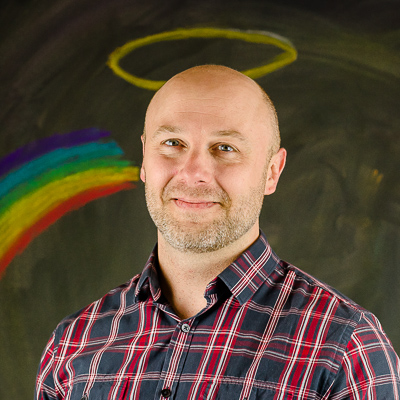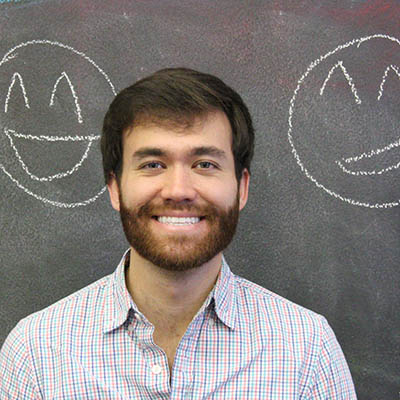Oscillations Audience Engagement Research Findings
by Ben Singer , Harriet White , Joo-Young Lee
During the Winter 2018 quarter, the Oscillations Knight Lab team was tasked in exploring the question: what constitutes an engaging live movement arts performance for audiences? Oscillations’ Chief Technology Officer, Ilya Fomin, told the team at quarter’s start that the startup aims to create performing arts experiences that are "better than reality." In response, our team spent the quarter seeking to understand what is reality with qualitative research. Three members of the team interviewed more...







